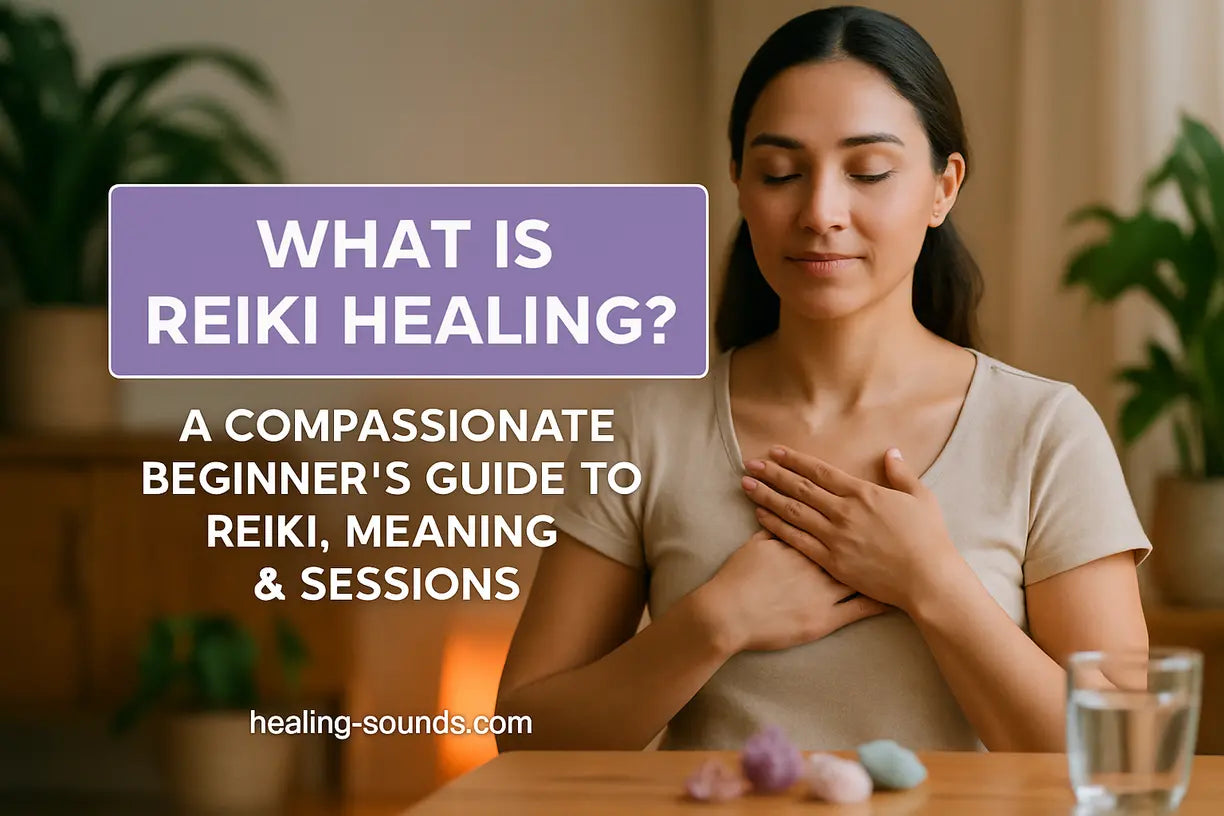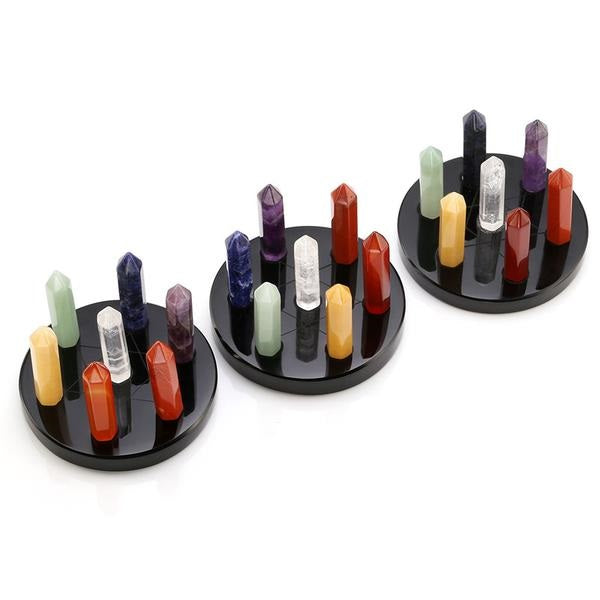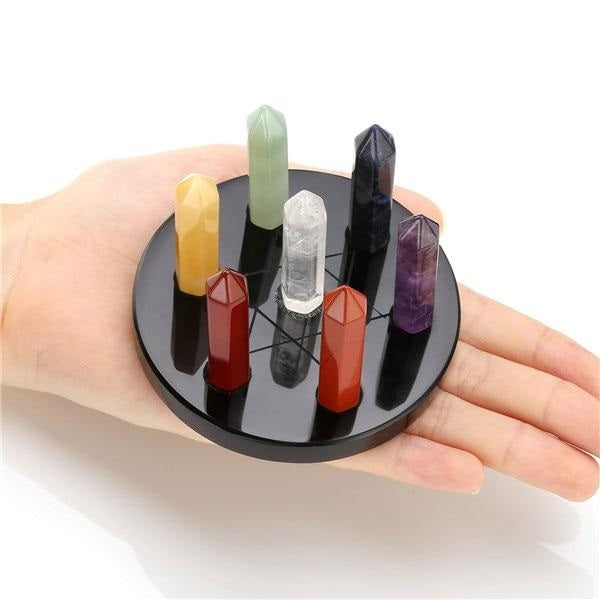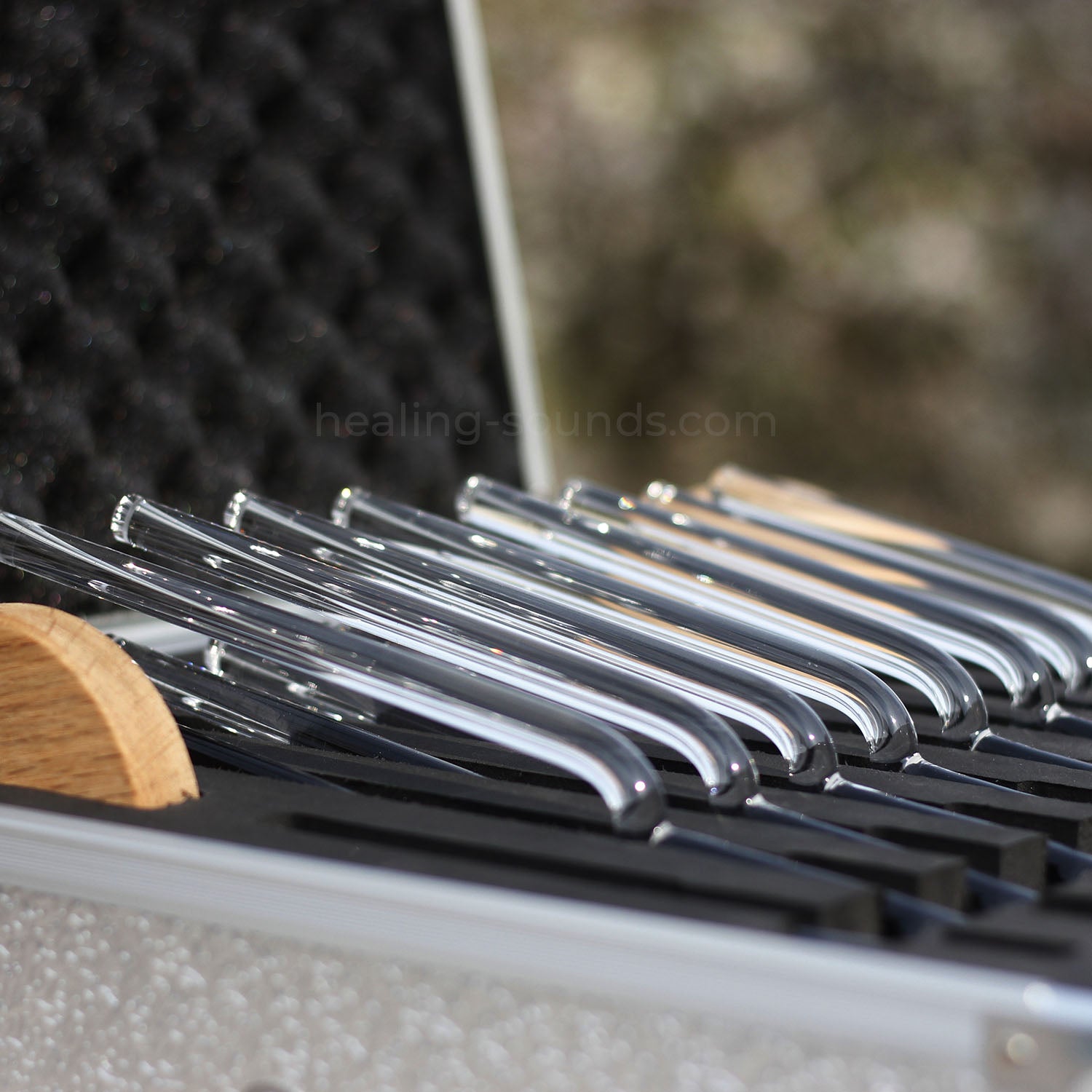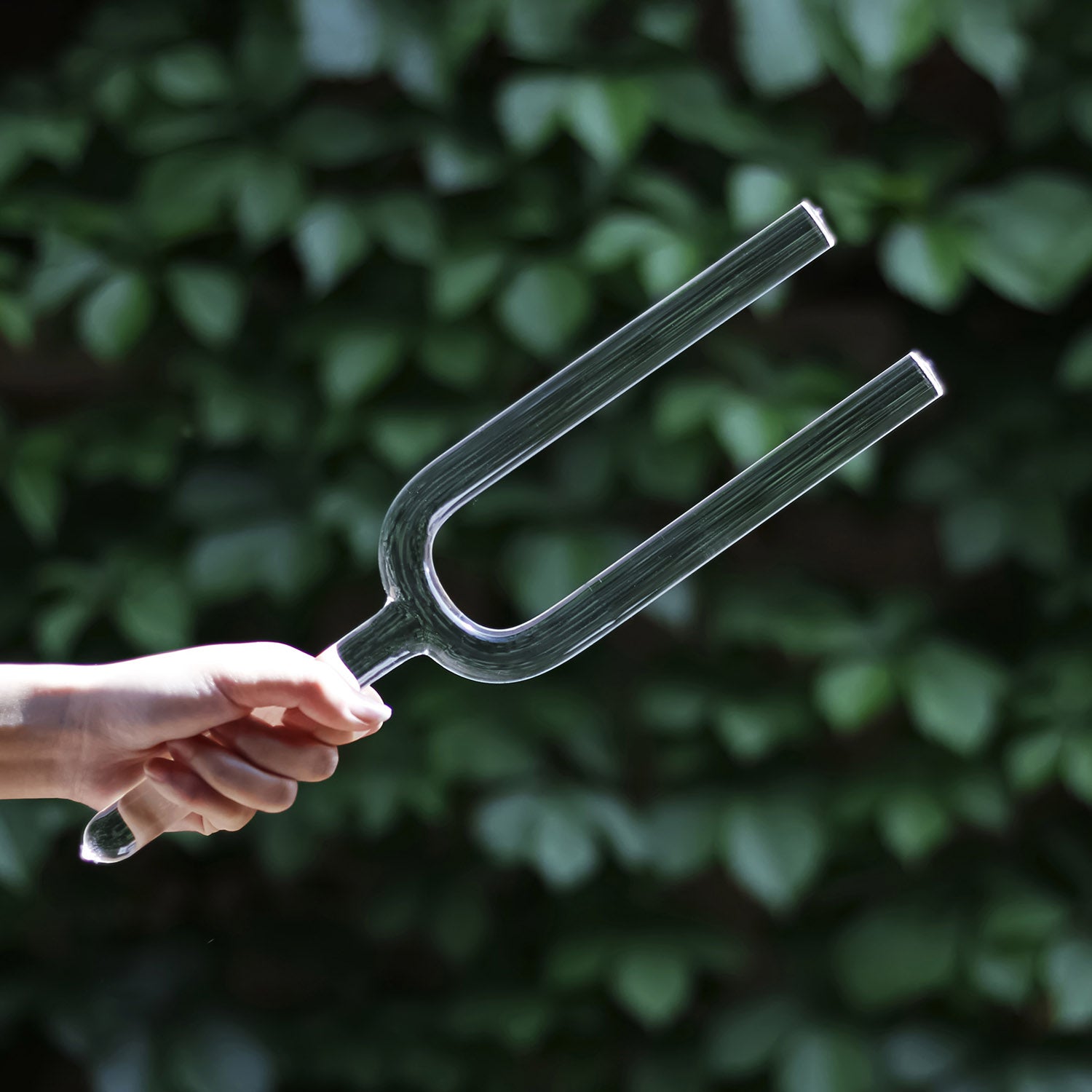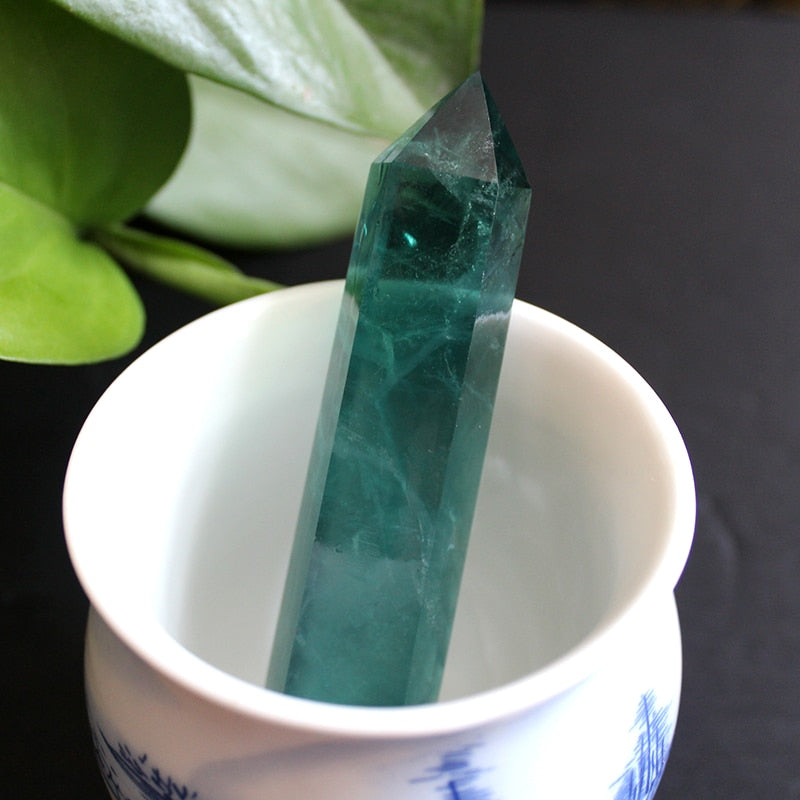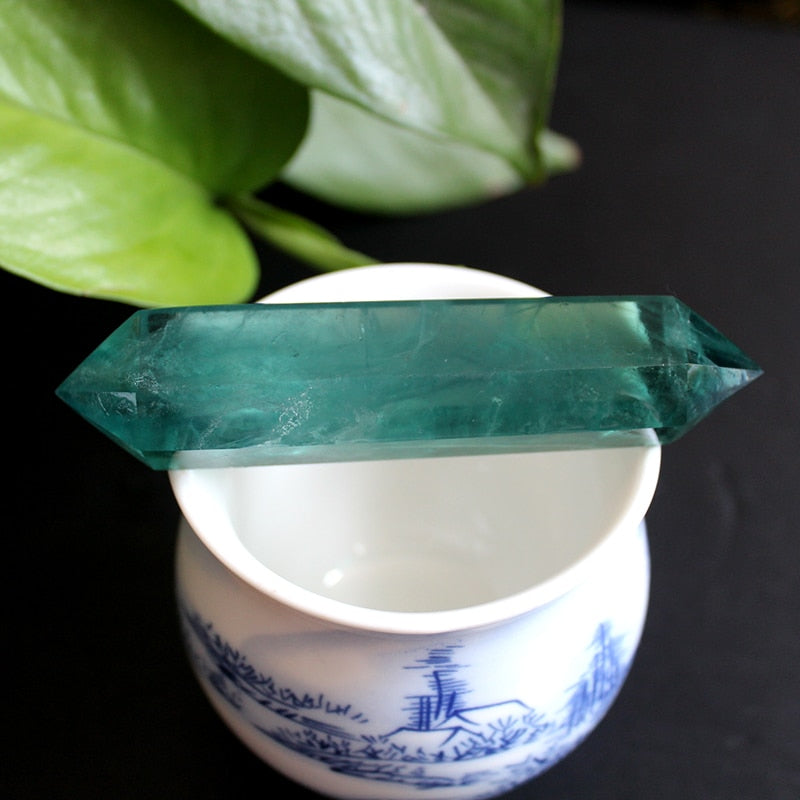Vous êtes-vous déjà senti submergé par le stress, cherchant un moyen de trouver la paix intérieure et l'équilibre dans un monde chaotique ? Si vous explorez le bien-être holistique, vous avez probablement déjà entendu parler du reiki . Cette pratique douce et non invasive est de plus en plus reconnue comme un outil puissant pour prendre soin de soi et se développer spirituellement. Mais qu'est-ce que c'est exactement et comment peut-elle vous accompagner sur votre chemin vers le bien-être ?
Pour les débutants, le monde du travail énergétique peut paraître mystérieux. Ce guide a pour but de démystifier la thérapie reiki en offrant une introduction claire et complète. Nous explorerons la définition du reiki, en expliquerons le fonctionnement et vous expliquerons à quoi vous attendre lors de votre première séance, vous aidant ainsi à vous sentir en confiance et prêt à profiter de ses bienfaits réparateurs.
Dévoiler le sens : qu’est-ce que le Reiki exactement ?
Le Reiki (prononcé « ray-key ») est une technique de guérison énergétique japonaise qui favorise la relaxation, réduit le stress et soutient les processus naturels de guérison du corps. Le mot lui-même est composé de deux mots japonais : « Rei », qui signifie « universel », et « Ki », qui signifie « énergie vitale ». Par conséquent, le reiki est souvent défini comme « une énergie vitale guidée spirituellement ».
Fondamentalement, cette pratique repose sur le principe qu'une énergie vitale invisible circule en chacun de nous. Lorsque cette énergie est faible ou bloquée, nous sommes plus susceptibles de tomber malades ou de ressentir du stress. Lorsqu'elle est élevée et circule librement, nous sommes plus à même d'être heureux et en bonne santé. Un praticien Reiki agit comme un canal pour cette énergie universelle, la dirigeant vers le receveur afin de l'aider à éliminer les blocages et à rétablir son équilibre physique, émotionnel et spirituel. Cette pratique a été développée au début du XXe siècle par un bouddhiste japonais nommé Mikao Usui et s'est depuis répandue dans le monde entier.
Comment fonctionne la guérison énergétique Reiki ?
Comprendre le fonctionnement du Reiki implique de comprendre le concept d'un champ énergétique qui entoure et imprègne le corps. Dans de nombreuses cultures, on l'appelle « Ki », « Chi » ou « Prana ». L'idée fondamentale est que les perturbations ou les déséquilibres de ce flux énergétique peuvent se manifester par des troubles physiques ou une détresse émotionnelle.
Lors d'une séance de reiki , le praticien utilise de légers mouvements des mains, effleurant ou planant légèrement au-dessus du corps du receveur. Il n'utilise pas son énergie personnelle ; il sert plutôt de canal pour que l'énergie vitale universelle circule là où elle est le plus nécessaire. Le corps du receveur attire alors intelligemment l'énergie vers les zones nécessitant équilibre et guérison. Ce processus contribue à briser les blocages énergétiques, à purifier le champ énergétique et à favoriser un état de relaxation profonde propice à la guérison naturelle.

Pour ceux qui s'intéressent aux mécanismes de cette pratique ancestrale, explorer différentes perspectives peut être enrichissant. La vidéo ci-dessous offre un aperçu fascinant de la guérison par le Reiki, comblant ainsi le fossé entre tradition spirituelle et compréhension scientifique.
Les cinq principes du Reiki : une philosophie pour la vie quotidienne
Au-delà d'être une méthode de guérison, le Reiki est aussi une pratique spirituelle guidée par cinq principes fondamentaux, ou préceptes. Ces principes ont été établis par Mikao Usui pour offrir un cadre de vie plus équilibré et harmonieux. Ils sont destinés à être mis en pratique quotidiennement pour cultiver la paix et l'épanouissement spirituel.
- Pour aujourd'hui, je ne m'inquiéterai pas. Ce principe encourage à vivre l'instant présent et à se libérer de l'anxiété face à l'avenir.
- Aujourd'hui, je ne serai pas en colère. Cela nous rappelle de laisser la colère s'échapper, car elle peut être un blocage énergétique important.
- Juste pour aujourd'hui, je serai reconnaissant. Pratiquer la gratitude permet de se concentrer sur l'abondance et la positivité.
- Aujourd'hui, je ferai mon travail avec honnêteté. Cela témoigne d'une vie intègre et déterminée dans toutes mes actions.
- Aujourd'hui seulement, je serai bienveillant envers tout ce qui vit. Cela favorise la compassion et l'interconnexion avec tous les êtres.
[curseur de collection]
À quoi s'attendre lors de votre première séance de Reiki
Votre premier soin Reiki doit être une expérience profondément relaxante et réparatrice. Vous commencerez généralement par un bref entretien confidentiel avec votre praticien au sujet de vos objectifs de bien-être ou des points sur lesquels vous souhaitez vous concentrer. La séance se déroule dans un environnement calme et paisible, souvent accompagné d'une musique douce.
Vous resterez habillé et confortablement allongé sur une table de massage. Le praticien commencera ensuite la séance en posant délicatement ses mains sur ou juste au-dessus de différentes parties de votre corps, de la tête aux pieds. Il n'y a ni massage ni manipulation. Les personnes ressentent diverses sensations pendant la séance, notamment de la chaleur, des picotements ou de légères pulsations à l'endroit où se trouvent les mains du praticien. Nombreux sont ceux qui voient des couleurs ou des images, tandis que d'autres se sentent si détendus qu'ils s'endorment. Il est également tout à fait normal de ne rien ressentir du tout : l'énergie est toujours présente. Une séance standard dure généralement entre 60 et 90 minutes.

Les bienfaits tangibles : que se passe-t-il après un traitement Reiki ?
Les effets du reiki se font sentir immédiatement et dans les jours qui suivent la séance. Si l'expérience de chacun est unique, le bienfait le plus souvent rapporté est une profonde sensation de paix et de détente. Cet état de calme permet aux systèmes du corps de se régénérer et d'entamer une guérison de l'intérieur.
D’autres avantages importants incluent :
- Réduction du stress : le Reiki active le système nerveux parasympathique, aidant à calmer l’esprit et à libérer les tensions.
- Équilibre émotionnel : Le traitement peut aider à libérer les blocages émotionnels stockés, conduisant à une amélioration de l’humeur et de la clarté mentale.
- Soulagement de la douleur : De nombreuses personnes trouvent un soulagement de la douleur chronique et de l’inconfort physique à mesure que le flux d’énergie est rétabli.
- Sommeil amélioré : La relaxation profonde obtenue lors d’une séance conduit souvent à un sommeil meilleur et plus réparateur.
- Connexion spirituelle : Pour beaucoup, le reiki favorise un sentiment plus profond de connexion avec leur moi intérieur et le monde qui les entoure.
Pour favoriser cet équilibre dans votre espace, l'utilisation d'outils en résonance avec le travail énergétique peut être bénéfique. Les baguettes de cristal, par exemple, sont utilisées depuis des siècles pour concentrer et diriger l'énergie, ce qui en fait un excellent complément à la pratique du Reiki.
Baguettes de cristal hexagonales à 7 chakras avec tradition Reiki
$139.99 $179.99
Découvrez le Reiki traditionnel avec ces baguettes de cristal à 7 chakras, fabriquées à la main pour l'alignement énergétique et la guérison holistique.
Explorer le produitAméliorer votre parcours Reiki avec des outils de soutien
À mesure que vous approfondissez vos connaissances en reiki, vous souhaiterez peut-être créer un environnement propice à votre pratique personnelle ou à votre méditation. Des outils comme les cristaux peuvent amplifier l'intention et maintenir un espace vibratoire élevé. Chaque cristal possède une fréquence unique, et choisir ceux qui correspondent à vos objectifs peut enrichir votre expérience.

Que vous receviez du Reiki d’un praticien ou que vous exploriez des techniques d’auto-guérison, créer un espace sacré avec des éléments de soutien peut rendre votre voyage encore plus profond.
Approfondissez votre pratique avec ces essentiels
$769.90
$1,149.90
Recevez des bénédictions énergétiques Reiki mensuelles à distance, parfaites pour approfondir les soins personnels et les pratiques de guérison spirituelle. En savoir plus ➔
$59.99
$79.99
Soutenez votre parcours Reiki et méditation avec une tour de fluorite verte, réputée pour favoriser l'équilibre et la croissance. En savoir plus ➔
Le Reiki est-il une véritable guérison ? Face au scepticisme
Il est naturel de remettre en question les pratiques qui se situent en dehors des limites de la médecine occidentale conventionnelle. Alors, le Reiki est-il une véritable thérapie ? Si le concept d'« énergie vitale » est difficile à mesurer avec les instruments scientifiques actuels, les effets thérapeutiques du Reiki sont bien documentés, tant par des expériences que dans des contextes cliniques. De grandes institutions comme la Cleveland Clinic reconnaissent son intérêt comme thérapie complémentaire pour la gestion du stress et de la douleur.
Des recherches ont montré que le Reiki peut efficacement réduire le rythme cardiaque, la tension artérielle et les hormones du stress. Que ces effets soient dus à la canalisation de l'énergie universelle, au pouvoir du toucher ou à la profonde relaxation induite par la séance, les bienfaits pour les bénéficiaires sont indéniables. Il est préférable de le considérer comme une thérapie complémentaire et de soutien, qui s'intègre harmonieusement aux soins médicaux traditionnels, et non comme un substitut à ceux-ci.
Votre voyage Reiki commence maintenant
Le Reiki offre un chemin doux et profond vers un meilleur équilibre, une relaxation et une meilleure conscience de soi. En comprenant sa signification, son fonctionnement et ce à quoi vous pouvez vous attendre, vous pouvez faire le premier pas en toute confiance vers votre propre cheminement énergétique. C'est une invitation à ralentir, à vous connecter à votre moi intérieur et à activer la capacité innée de votre corps à guérir.
Que vous choisissiez de réserver une séance avec un professionnel, d'explorer l'auto-reiki ou simplement d'intégrer ses cinq principes à votre quotidien, vous ouvrez la voie à une existence plus paisible et plus centrée. Laissez libre cours à votre curiosité et découvrez le pouvoir réparateur du reiki.
Questions fréquemment posées sur la guérison Reiki
Le Reiki est une technique de guérison énergétique japonaise où un praticien canalise l'énergie vitale universelle vers un receveur. Il part du principe que cette énergie circule en nous et que, bloquée, elle peut engendrer maladie ou stress. Le praticien utilise des placements de mains doux et non invasifs pour éliminer ces blocages, favorisant ainsi la relaxation et soutenant les capacités naturelles de guérison du corps.
Oui, le Reiki est une véritable thérapie complémentaire largement pratiquée. Bien que le concept d'« énergie vitale » soit difficile à mesurer avec les outils scientifiques actuels, de nombreuses études et observations cliniques démontrent des bienfaits tangibles comme la réduction du stress, la baisse de la tension artérielle et le soulagement de la douleur . De nombreuses institutions médicales réputées le proposent désormais comme thérapie de soutien à leurs patients.
Les cinq règles, ou principes, du Reiki sont les principes directeurs d'une vie équilibrée : aujourd'hui seulement, ne vous inquiétez pas. Aujourd'hui seulement, ne vous mettez pas en colère. Aujourd'hui seulement, soyez reconnaissant. Aujourd'hui seulement, accomplissez votre travail avec honnêteté. Aujourd'hui seulement, soyez bienveillant envers tout ce qui vit.
Après une séance de Reiki, la plupart des gens ressentent un profond sentiment de calme et de détente. Le système nerveux parasympathique (état de « repos et digestion ») est activé, ce qui peut entraîner une réduction du stress, une diminution du rythme cardiaque, un meilleur sommeil et une plus grande clarté d'esprit. Certains se sentent également plus légers, plus équilibrés émotionnellement et soulagés de leurs douleurs physiques.
Le coût d'une séance de Reiki varie considérablement selon le lieu, l'expérience du praticien et la durée de la séance. En général, une séance de 60 minutes coûte entre 75 et 150 dollars dans la plupart des villes américaines. Certaines cliniques ou centres de formation proposent des séances à prix réduit.

